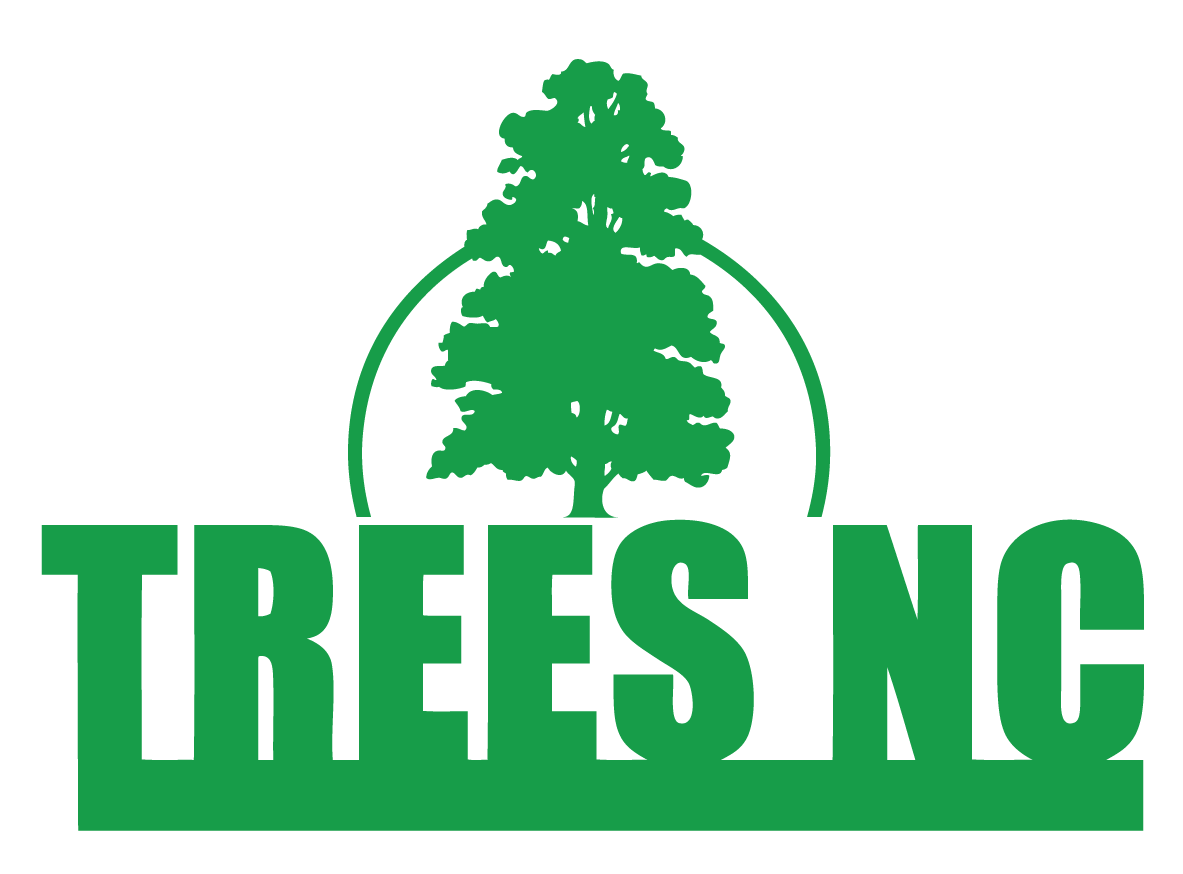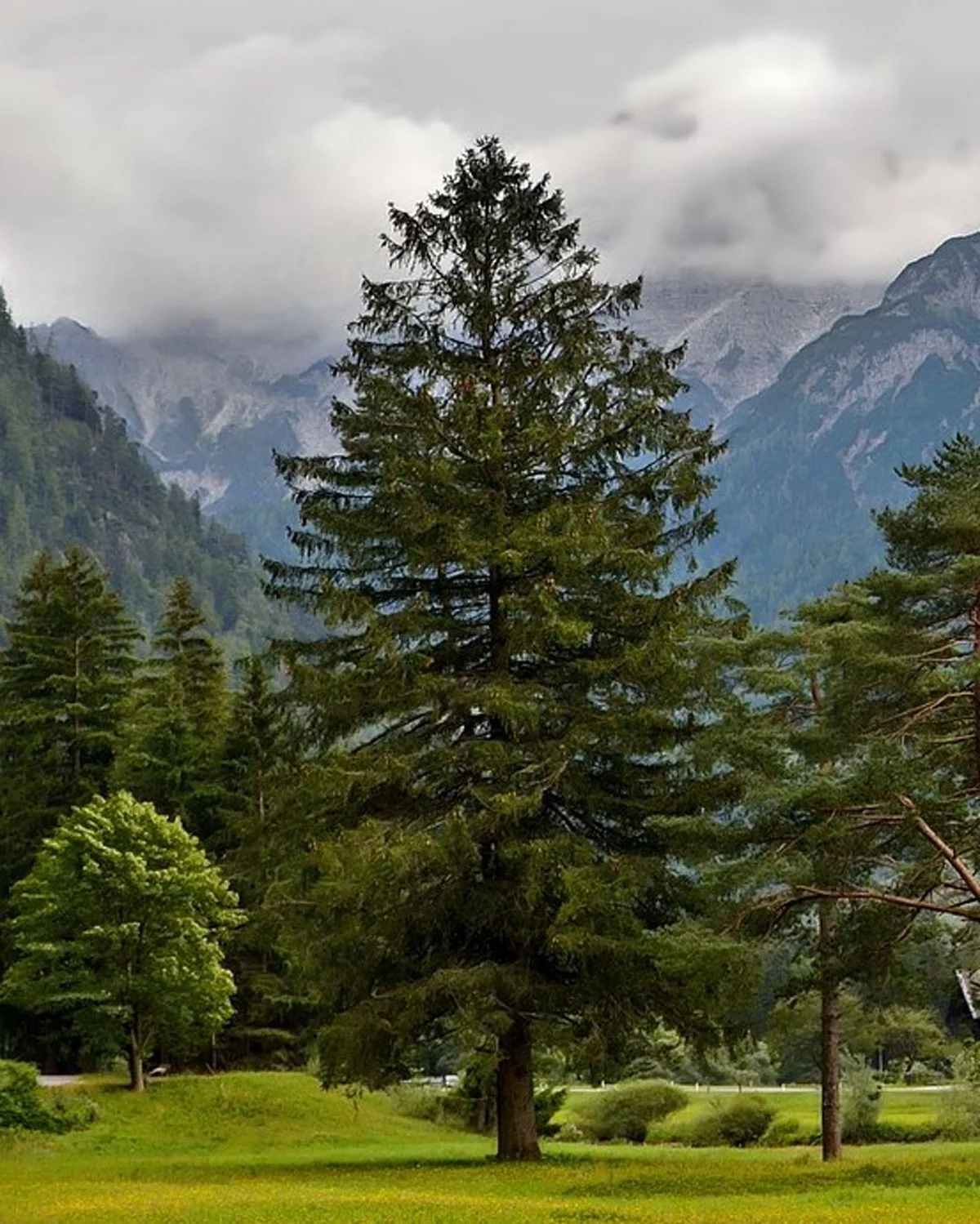What To Do With All Those Leaves
/
Mary Helen Ferguson
Fall color has arrived, and leaves are falling! Raking or blowing them to the edge of the street is an option in Asheboro, where the City picks up leaves and takes them to be made into compost. People can then buy that compost to enrich their soil. If you’d rather keep your own leaves and make use of them in your own landscape or garden, there are at least a couple of ways to do that.
One option is to use leaves use as mulch. Using two to four inches of mulch around trees and in shrub beds and two to three of mulch around non-woody flowering plants is recommended. Mulch helps conserve moisture and keep down weeds, and it provides nutrients to plants as it decomposes. However, it should be kept out of direct contact with the bases of trunks, to avoid keeping them wet and contributing to disease problems. Avoid “volcano mulching,” the commonly seen practice of piling mulch against the trunks of trees. Mulch should not cover the bases of herbaceous (non-woody) plants either. If you're going to use a large quantity of leaves as mulch (e.g., add more leaves around trees or shrubs than those that fall there naturally), it may be helpful to shred them with your lawnmower to avoid having a layer that prevents water from soaking into the ground.
Another option for using leaves is to compost them and use that compost later in your garden. Shredding leaves, as for mulch, before adding them to the compost pile may be beneficial, since smaller particles decompose more quickly. The composting process depends largely on the activity of microbes, which need air, water, and certain nutrients to be most productive. Aeration of compost can be maintained by turning the pile one to two times monthly. Water may be supplied by rain or added. Keeping the compost moist enough that only a small amount of water runs out when it is squeezed is recommended—compost should be kept moist rather than soaked.
As for nutrients, we talk about carbon and nitrogen in reference to compost. So-called “brown” materials, like dead leaves, have a high carbon-to-nitrogen ratio, or have a lot of carbon relative to the amount of nitrogen. Things like sawdust and wood chips have an even higher carbon to nitrogen ratio. Manures, kitchen scraps, and grass clippings have lower carbon to nitrogen ratios, or more nitrogen relative to the amount of carbon. To keep an appropriate balance of carbon and nitrogen in the pile so that microbes have what they need, some of the materials with more nitrogen should be included with fallen leaves. In the absence of grass clippings, kitchen scraps, manure, and other materials with a relatively low carbon to nitrogen ratio, you can add the equivalent of about one-half cup of a fertilizer containing ten percent nitrogen, per twenty gallons of leaves, as measured after the leaves have been pressed down by hand.
There are things that should not be put in a compost pile, including meats, dairy products, and manures from humans or pets. Things like hard nut shells; corncobs, stalks, and husks; and citrus rinds are slow to decompose. Charcoal may not break down sufficiently. Grass clippings can be added to compost piles, but they can also be mowed and left on the lawn, where they add nutrients and decrease fertilizer needs. Refrain from using plants that have been treated with pesticides, unless you know that the compost will be used in a place where the pesticide will not harm the growth of the plants or pose a health hazard. For more information on composting, see http://www.ces.ncsu.edu/depts/hort/hil/pdf/ag-467.pdf or give me a call.
NC Cooperative Extension Agent, Horticulture
TREES NC Board Member
Posted November 12, 2010 in Lawn & Garden
TREES NC Board Member
Posted November 12, 2010 in Lawn & Garden
Fall color has arrived, and leaves are falling! Raking or blowing them to the edge of the street is an option in Asheboro, where the City picks up leaves and takes them to be made into compost. People can then buy that compost to enrich their soil. If you’d rather keep your own leaves and make use of them in your own landscape or garden, there are at least a couple of ways to do that.
One option is to use leaves use as mulch. Using two to four inches of mulch around trees and in shrub beds and two to three of mulch around non-woody flowering plants is recommended. Mulch helps conserve moisture and keep down weeds, and it provides nutrients to plants as it decomposes. However, it should be kept out of direct contact with the bases of trunks, to avoid keeping them wet and contributing to disease problems. Avoid “volcano mulching,” the commonly seen practice of piling mulch against the trunks of trees. Mulch should not cover the bases of herbaceous (non-woody) plants either. If you're going to use a large quantity of leaves as mulch (e.g., add more leaves around trees or shrubs than those that fall there naturally), it may be helpful to shred them with your lawnmower to avoid having a layer that prevents water from soaking into the ground.
Another option for using leaves is to compost them and use that compost later in your garden. Shredding leaves, as for mulch, before adding them to the compost pile may be beneficial, since smaller particles decompose more quickly. The composting process depends largely on the activity of microbes, which need air, water, and certain nutrients to be most productive. Aeration of compost can be maintained by turning the pile one to two times monthly. Water may be supplied by rain or added. Keeping the compost moist enough that only a small amount of water runs out when it is squeezed is recommended—compost should be kept moist rather than soaked.
As for nutrients, we talk about carbon and nitrogen in reference to compost. So-called “brown” materials, like dead leaves, have a high carbon-to-nitrogen ratio, or have a lot of carbon relative to the amount of nitrogen. Things like sawdust and wood chips have an even higher carbon to nitrogen ratio. Manures, kitchen scraps, and grass clippings have lower carbon to nitrogen ratios, or more nitrogen relative to the amount of carbon. To keep an appropriate balance of carbon and nitrogen in the pile so that microbes have what they need, some of the materials with more nitrogen should be included with fallen leaves. In the absence of grass clippings, kitchen scraps, manure, and other materials with a relatively low carbon to nitrogen ratio, you can add the equivalent of about one-half cup of a fertilizer containing ten percent nitrogen, per twenty gallons of leaves, as measured after the leaves have been pressed down by hand.
There are things that should not be put in a compost pile, including meats, dairy products, and manures from humans or pets. Things like hard nut shells; corncobs, stalks, and husks; and citrus rinds are slow to decompose. Charcoal may not break down sufficiently. Grass clippings can be added to compost piles, but they can also be mowed and left on the lawn, where they add nutrients and decrease fertilizer needs. Refrain from using plants that have been treated with pesticides, unless you know that the compost will be used in a place where the pesticide will not harm the growth of the plants or pose a health hazard. For more information on composting, see http://www.ces.ncsu.edu/depts/hort/hil/pdf/ag-467.pdf or give me a call.









